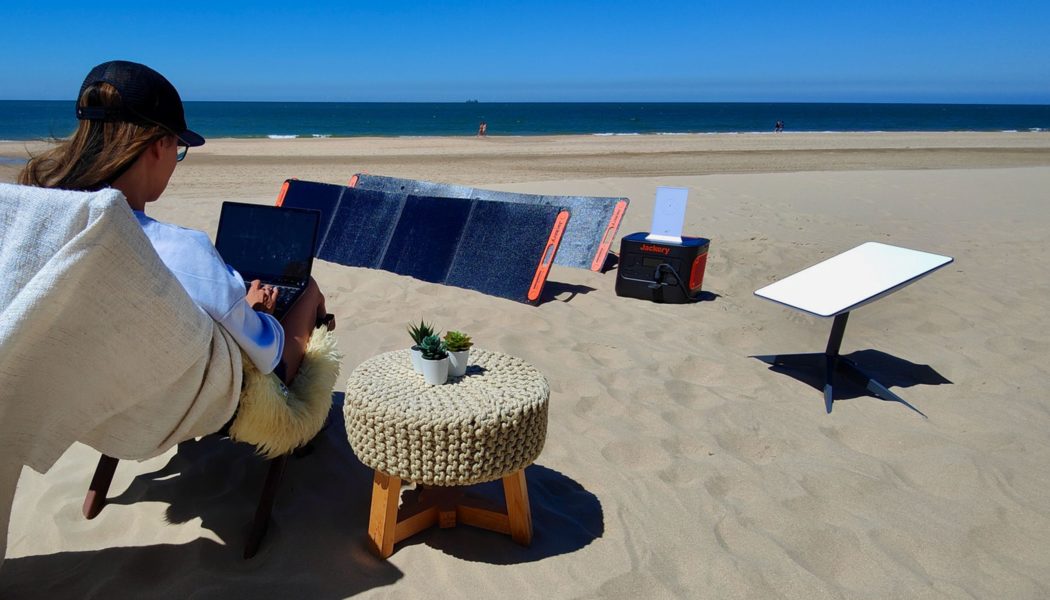Formerly known as Starlink for RV, you can now get satellite internet service that follows you across any continent and most countries.

Last summer, we reviewed Starlink RV, a version of the satellite internet service that promised users access from pretty much anywhere on their continent. Now, it has been rebranded as Starlink Roam, available in either a regional access flavor for $150 per month or for global use anywhere the service is available for $200 per month.
As with the RV package, users can choose either a portable antenna for $599 or one intended for in-motion use for $2,500. Previously, you could only travel with Starlink’s satellite dish (nicknamed Dishy) within the same continent.
Starlink markets the rebranded subscription as a way for customers to use Starlink in “locations where connectivity has been unreliable or completely unavailable.” You can also pause and unpause the subscription whenever you want, while getting billed in one-month increments.
In February, users (including those located outside of Starlink’s coverage areas) began receiving messages about a new “global roaming service,” although, at the time, we didn’t know it would be replacing Starlink RV completely. There still aren’t too many details about Starlink’s Roam, but judging by the email it sent to customers last month, it doesn’t sound entirely reliable. “Starlink’s typical high speed, low-latency service intermixed with brief periods of poor connectivity, or none at all,” it said. “However, this will improve dramatically over time.”
The FAQ page for Starlink Roam states that the global service “can only be ordered” in the countries on the Starlink availability map. It’s unclear, however, whether service will still be available in the countries where Starlink’s technically not allowed. Starlink’s still waiting on regulatory approval from some countries, including India, Pakistan, and Cambodia, while Elon Musk said in an interview with the Financial Times that the Chinese government has “made clear its disapproval of his recent rollout of Starlink.”
Starlink already has its $5,000 per month plan for anyone looking to get access to the internet while at sea, and it also made its Flat High Performance dish available for in-motion use on RVs and other vehicles. The company’s announcement comes just one day after Amazon revealed its Project Kuiper customer terminals.








